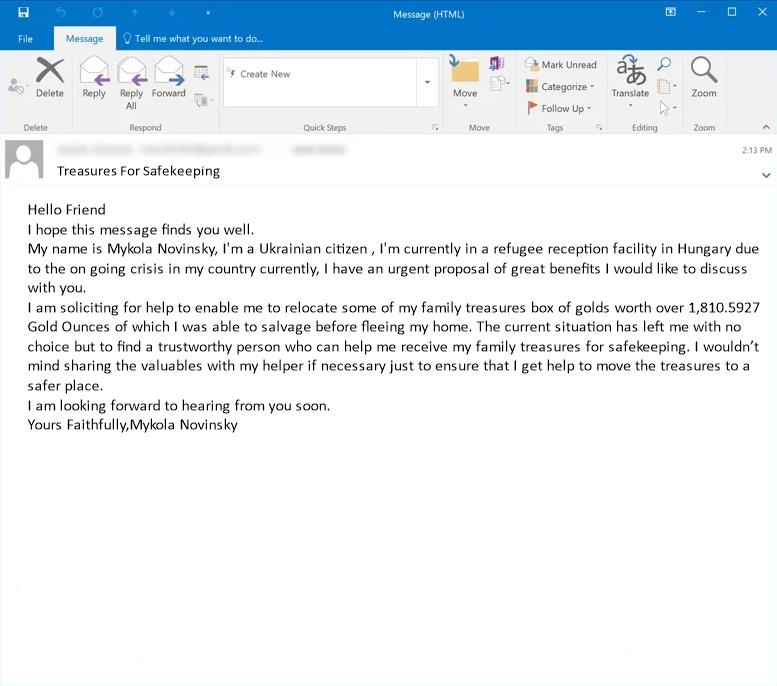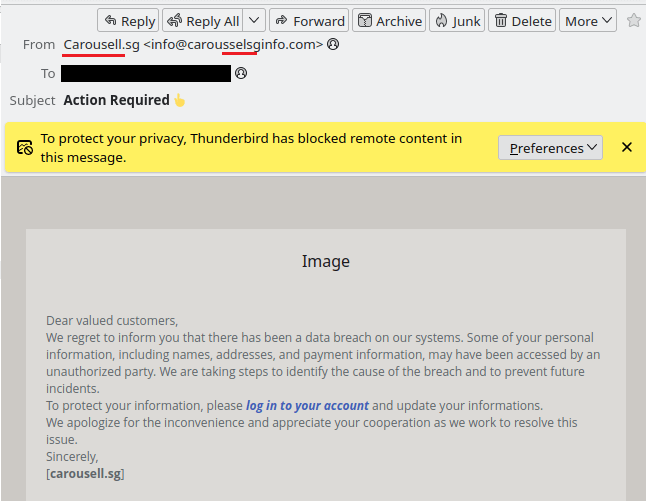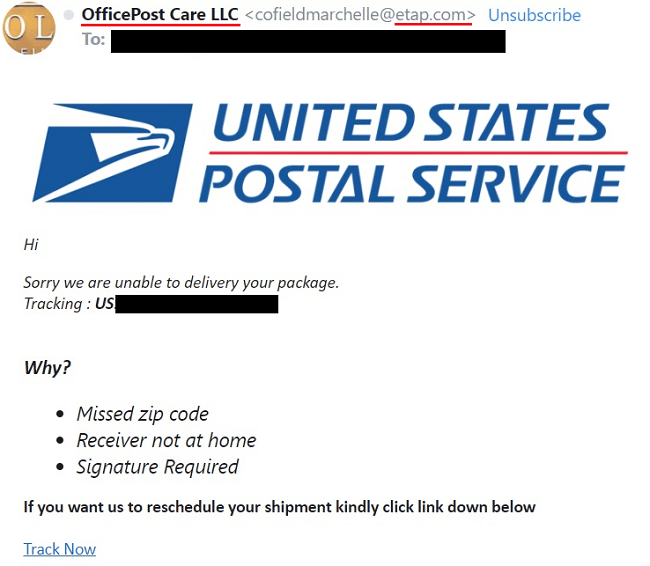What is “Treasures For Safekeeping” Email Spam
Subject: RE :ACKNOWLEDGE URGENTLY!!!
Hello Friend
I hope this message finds you well.
My name is Mykola Novinsky, I'm a Ukrainian citizen , I'm currently in a refugee reception facility in Hungary due to the on going crisis in my country currently, I have an urgent proposal of great benefits I would like to discuss with you.
I am soliciting for help to enable me to relocate some of my family treasures box of golds worth over 1,810.5927 Gold Ounces of which I was able to salvage before fleeing my home. The current situation has left me with no choice but to find a trustworthy person who can help me receive my family treasures for safekeeping. I wouldn’t mind sharing the valuables with my helper if necessary just to ensure that I get help to move the treasures to a safer place.
I am looking forward to hearing from you soon.
Yours Faithfully,Mykola Novinsky
Treasures For Safekeeping email spam is a type of phishing scam that attempts to trick recipients into believing they have won a prize or treasure. These emails typically claim that the recipient has been selected as a winner and must provide personal information or pay a fee in order to claim their prize. In reality, there is no prize and the scammers are only looking to steal personal information or money from unsuspecting victims.
Treasures For Safekeeping spam campaigns often infect computers through malicious links or attachments in the email. When a recipient clicks on a link or downloads an attachment, their computer may become infected with malware or ransomware. This can lead to a variety of issues, including data loss, privacy breaches, and financial loss. It is important to be cautious when receiving emails claiming to offer prizes or rewards, and to never provide personal information or payment unless you are certain of the legitimacy of the sender. Interacting with Treasures For Safekeeping email scams can result in serious consequences, so it is crucial to exercise caution and skepticism when dealing with unsolicited emails offering prizes or rewards.

How to stop email spam like “Treasures For Safekeeping”
You can use an anti-spam filter which will block most known sources of spam before they even reach your inbox. MailWasher is a program you may try. It filters spam and lets you preview emails on a server without downloading them onto your computer. MailWasher has customizable spam filters, uses bayesian filtering and works with all major email programs: Outlook, Outlook Express, Thunderbird, GMail, etc.
Types of spam email
Spam email messages can be approximately divided into three categories: those that prompt you to download and run something, those that ask for your personal data, and those asking you to make payments. Let’s take a closer look at each one so we can better protect ourselves from these scams.
-
Emails with attachments
In the first case the email contains an attachment which it prompts you to open. Those attachments may consist of executable files or they may be Microsoft Word or Excel documents containing malicious macro scripts. Once you launch the executable file or allow the document to run its macros, malware downloads onto your device and wreaks all kinds of havoc with it.
The malware may range from adware showing extra ads on your browsers to ransomware that encrypts your files and aks for payment to decrypt them.
-
Phishing emails
The second type of spam (phishing emails) try to trick you into entering your name, logins, passwords, credit card details, etc. on what you think are legitimate and respectable websites.
Those emails usually pretend to be messages from well-known websites that you are probably registered on, and prompt you to follow a link to their site for some reason (for example, there is something wrong with your account). The provided link leads to fake site of course, and the data you enter ends up in the hands of cybercriminals.
-
Advance-fee scam and sextortion scam emails
Finally there are the emails urging people make payments. These can be further divided into two types: the first type, asking people to invest into something, to pay some money now and get back much more later (the advance-fee scam); the second one, scaring people into paying to prevent something bad from happening.
An example of the first one is the well-known Nigerian Prince email. A example of the second is sextortion scam: emails that claim that the email author has access to the victims’s web cam and has the victims intimate videos, which the criminal threatens to publish unless paid off.

How to find out that the email is scam

- Check the sender’s address – if the address doesn’t match up with what you expect from that company, then it’s very likely that the email is scam. Be aware though that the sender address can be faked, so if the address looks legitimate it is not guaranteed that the email is legit.
- Look for spelling and grammar mistakes and weird phrasing – real emails from reputable companies are far less likely to have those.
- Watch for urgent requests – legitimate companies will never ask customers for sensitive information such as credit card numbers via email, so if an email suddenly asks for urgent action like requesting payment details within few hours, chances are high this could potentially be a scam attempt.
How to protect yourself from email scam
- Use an email filtering service – email filtering services like MailWasher Pro allow you to filter out unwanted messages before they reach your inbox. These services use sophisticated algorithms to identify suspicious content in incoming emails and block them automatically so that only legitimate messages make it through the filter.
- Avoid clicking on suspicious links – if you receive an email with a link that looks suspicious, do not click on it! Even if the sender appears familiar, chances are high that the link is malicious and could lead you down a path of malware infection or identity theft. It is best not to open any unknown links at all.
- Don’t respond directly – never reply directly to spam emails as this will confirm for spammers that your address is active which may result in more unsolicited mail being sent your way. Instead, mark these messages as “Spam” within your email client/service provider so that their filters can better detect similar types of mail next time.
- Keep software up-to-date – make sure all software installed onto devices such as computers and smartphones is kept up-to date with latest security patches released by developers; this helps reduce risk posed by cyber criminals who exploit vulnerabilities found in outdated versions of programs including email clients.
- Use anti virus protection – install reputable antivirus solutions onto any device receiving emails; most modern day anti viruses come equipped with advanced features such as real time scanning which help detect potential threats immediately upon opening files attached to emails.
